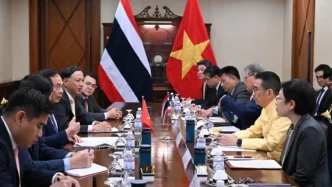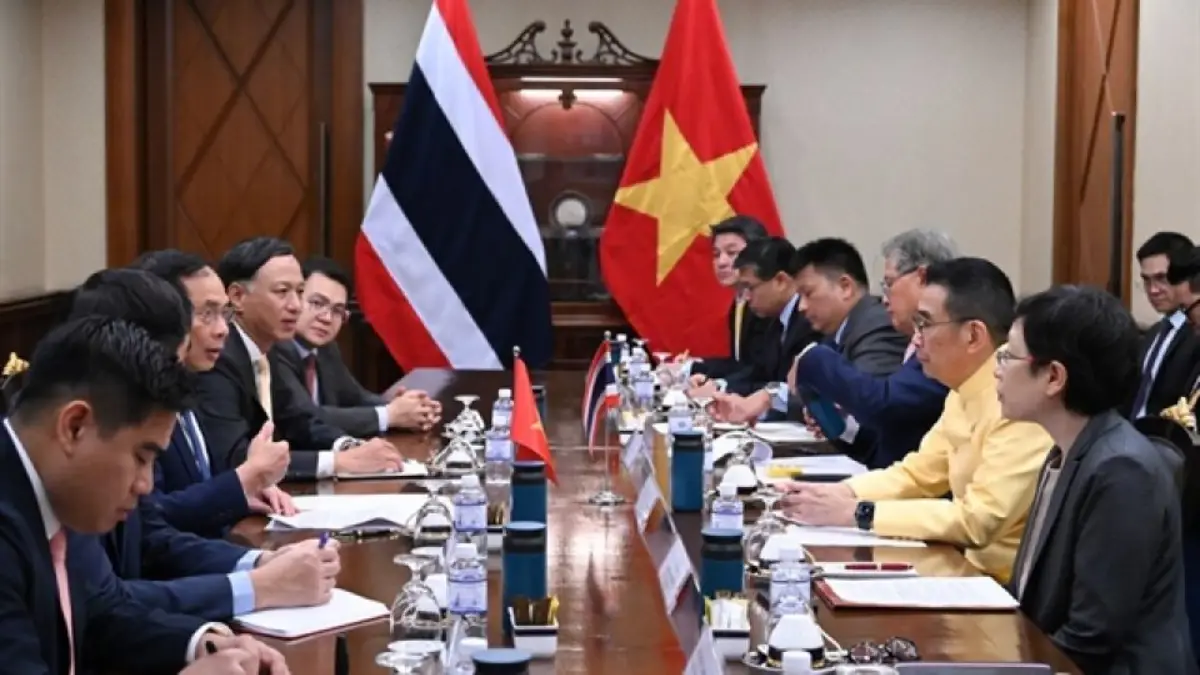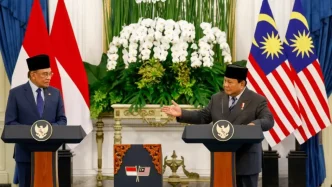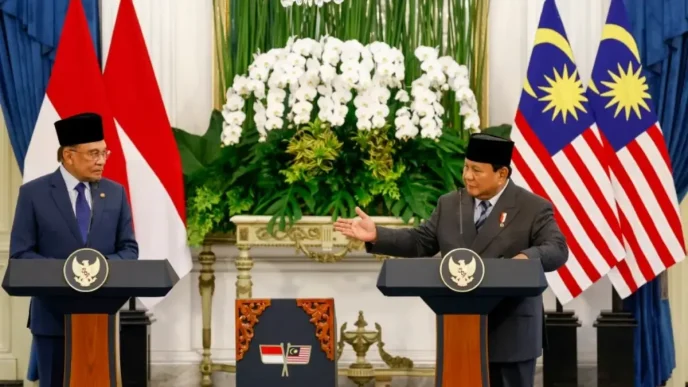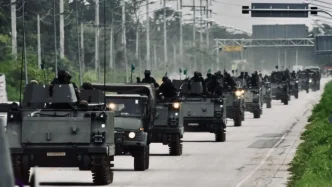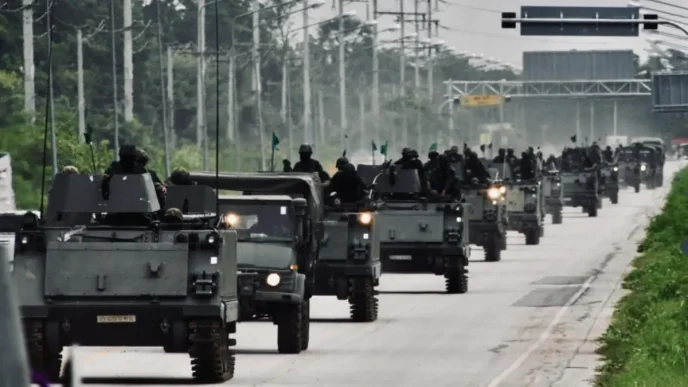In a significant step forward for regional diplomacy, Vietnamese Deputy Prime Minister and Minister of Foreign Affairs Bùi Thanh Sơn met with Thai Minister of Foreign Affairs Maris Sangiampongsa in Bangkok on Tuesday, July 30, 2025. The meeting underscored the deepening relationship between Vietnam and Thailand, recently elevated to a Comprehensive Strategic Partnership, and highlighted a shared commitment to enhancing economic, cultural, and diplomatic ties within the ASEAN framework.
A Partnership on the Rise
The discussions in Bangkok reflected a mutual satisfaction with the trajectory of Vietnam-Thailand relations. Both ministers acknowledged the recent upgrade to a Comprehensive Strategic Partnership as a milestone that sets the stage for broader collaboration. This status, often reserved for the closest of allies, signifies a commitment to not only political and diplomatic engagement but also to robust economic and cultural exchanges.
Political and diplomatic ties have seen notable progress, with regular high-level meetings fostering trust and coordination. The ministers recalled their recent interaction at the 58th ASEAN Foreign Ministers’ Meeting in Malaysia earlier in July 2025, where they laid the groundwork for sustained cooperation. They reaffirmed their intent to follow through on the outcomes of the 4th Vietnam-Thailand Joint Cabinet Meeting held in May 2025, a forum that has become a cornerstone for bilateral dialogue.
Economic collaboration emerged as a central theme of the talks. Both sides recognized trade and investment as critical pillars of their relationship, with a shared goal to increase bilateral trade turnover to US$25 billion in a balanced and sustainable manner. Thai Minister Sangiampongsa highlighted the economic ties as a highlight of bilateral relations and expressed gratitude for Vietnam’s support for Thai businesses. He urged for more favorable conditions for Thai enterprises operating in Vietnam, a sentiment echoed in calls for mutual market access and business expansion.
Strategic Plans and Future-Oriented Cooperation
A key outcome of the meeting was the agreement to expedite the development of a substantive action plan for the Comprehensive Strategic Partnership covering 2026–2030. This plan aims to provide a roadmap for deepening ties across various sectors. To ensure its effective implementation, the ministers agreed to establish a joint working group tasked with outlining concrete steps for the “Three Connections” strategy, which focuses on connectivity in physical, digital, and cultural spheres.
The scope of collaboration discussed was notably forward-looking, with both sides pledging to explore emerging areas such as science, technology, innovation, digital transformation, and the digital economy. Emphasis was also placed on sustainable development through initiatives in the green economy, renewable energy, and energy transition. These sectors are seen as vital for addressing global challenges like climate change while fostering economic growth in the region.
Tourism, a significant driver of people-to-people connections, was another focal point. The ministers agreed to adopt new measures to enhance regional tourism connectivity within ASEAN, recognizing the potential for cultural exchange and economic benefits. Initiatives to strengthen sister-province partnerships and promote the role of the Vietnamese-Thai community in Thailand as a bridge for friendship were also discussed, underscoring the importance of grassroots connections in sustaining bilateral relations.
Regional Stability and ASEAN Solidarity
Beyond bilateral matters, the meeting touched on broader regional dynamics. Thai Minister Sangiampongsa briefed his Vietnamese counterpart on the outcomes of recent peace talks between Thailand’s Acting Prime Minister and Cambodia’s Prime Minister, facilitated by Malaysian Prime Minister Anwar Ibrahim in his capacity as the 2025 ASEAN Chair. Held in Putrajaya on Monday, July 29, 2025, the talks resulted in a ceasefire agreement effective from Tuesday, a development welcomed by both ministers.
Sangiampongsa reiterated Thailand’s commitment to resolving disputes with Cambodia through peaceful means, a stance aligned with ASEAN’s principles of dialogue and cooperation. Deputy Prime Minister Sơn expressed Vietnam’s close attention to the situation, affirming Hanoi’s strong ties with both Thailand and Cambodia. He voiced hope that both parties would exercise restraint, avoid the use of force, and resolve differences peacefully in accordance with international law, the UN Charter, the ASEAN Charter, and the Treaty of Amity and Cooperation in Southeast Asia (TAC).
Vietnam’s readiness to support the ceasefire and promote cooperation was a key message from Sơn. He emphasized Hanoi’s willingness to play an active role in fostering ASEAN solidarity and friendship, reflecting Vietnam’s broader foreign policy of contributing to regional stability for the long-term benefit of all parties involved. This stance positions Vietnam as a mediator and partner in maintaining peace along its borders and within the ASEAN community.
Economic Ambitions and Challenges
The economic dimension of Vietnam-Thailand relations, while promising, comes with its share of challenges. Achieving the ambitious US$25 billion trade target requires not only policy alignment but also overcoming structural barriers such as regulatory differences and market access issues. Both ministers acknowledged the need to encourage businesses to expand operations, ensuring that trade growth benefits both economies equitably.
Thailand, as one of Vietnam’s key trading partners within ASEAN, has seen a steady increase in bilateral trade over the past decade. Vietnamese exports to Thailand include agricultural products, electronics, and textiles, while Thailand exports machinery, chemicals, and consumer goods to Vietnam. However, trade imbalances have been a concern, with Vietnam often running a deficit. The commitment to a more balanced trade relationship suggests a focus on diversifying export portfolios and addressing tariff and non-tariff barriers.
Investment ties are equally critical. Thai companies have a significant presence in Vietnam, particularly in retail, energy, and manufacturing sectors. High-profile investments, such as those by Thai conglomerates in Vietnam’s retail market, have bolstered economic ties but also raised questions about local competition and market dominance. Sơn’s assurance of support for Thai enterprises indicates a willingness to address these concerns, potentially through streamlined investment policies or incentives.
Cultural and People-to-People Exchanges
Cultural and educational exchanges, often overshadowed by economic and political discussions, are vital for sustaining long-term goodwill between Vietnam and Thailand. The ministers’ focus on tourism connectivity and sister-province partnerships highlights a recognition of these softer aspects of diplomacy. Thailand’s vibrant tourism industry, coupled with Vietnam’s growing appeal as a cultural destination, offers immense potential for mutual benefit.
The Vietnamese-Thai community in Thailand, numbering in the tens of thousands, serves as a living bridge between the two nations. Many in this community maintain strong cultural ties to Vietnam while contributing to Thailand’s social and economic fabric. Encouraging their role in fostering friendship, as discussed in the meeting, could involve initiatives such as cultural festivals, language programs, or community development projects that celebrate shared heritage.
Education and training cooperation also holds promise. Joint programs between Vietnamese and Thai universities, as well as vocational training initiatives, can equip the youth of both nations with skills for a rapidly changing global economy. Such efforts, while less visible than trade deals or diplomatic summits, lay the groundwork for enduring partnerships.
Looking Ahead: Opportunities and Uncertainties
As Vietnam and Thailand chart the next phase of their Comprehensive Strategic Partnership, the opportunities for collaboration are vast. From digital innovation to green energy, the areas identified for cooperation align with global trends and regional priorities. Yet, the success of these initiatives will depend on the ability to translate high-level commitments into actionable policies and measurable outcomes.
The regional context, marked by geopolitical tensions and economic uncertainties, adds another layer of complexity. The ceasefire agreement between Thailand and Cambodia, while a positive step, underscores the fragility of peace in parts of Southeast Asia. Vietnam’s proactive stance in supporting dialogue and stability reflects a broader vision of ASEAN as a cohesive bloc capable of addressing internal challenges collectively.
For now, the Bangkok meeting serves as a testament to the resilience and potential of Vietnam-Thailand relations. As both nations work toward their shared goals, the question remains: can this partnership become a model for ASEAN cooperation in an era of global uncertainty?

